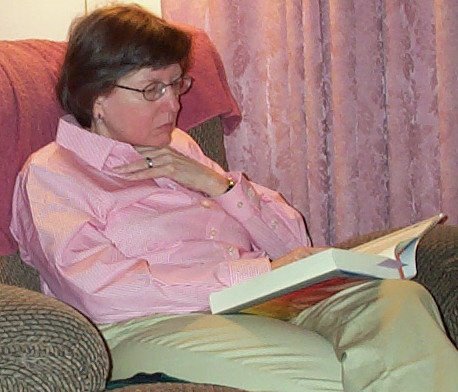The Invention of Hugo Cabret
 A librarian friend told me last Sunday about Brian Selznick's book, The Invention of Hugo Cabret. I immediately requested it from the library.
A librarian friend told me last Sunday about Brian Selznick's book, The Invention of Hugo Cabret. I immediately requested it from the library.The book is intended for children in grades 4 to 9, so I was startled to discover that it's 533 pages long. A bit thick for your typical 9 year old. But I found that the thickness comes from the intriguing use of many detailed charcoal drawings along with the text, with an occasional movie still thrown in.
In 1931 Hugo Cabret lives in a tiny room behind the air ducts of a Paris railroad station. He repairs the station clocks and in his spare time he tries to recreate an automaton that his father, a clockmaker, found in the attic of a museum. Hugh runs into trouble when he tries to steal a mechanical mouse from a mysterious toy shop owner.
He meets the toy store owner's god-daughter who is fascinated with photography and with her he sneaks into a movie theater to watch a film. And he continues to work on his mechanical man. The second half of the story moves on to the early history of French film.
This is a story with hidden identities, secret messages, and the fundamental mystery of the automaton. The alternating text and pictures move the story quickly along. I am stunned at the creativity of Selznick's conception -- a blending of a conventional book with a graphic novel. The book is unlike anything I've ever seen and it's superb.
Labels: Brian Selznick, early French film, robots, The Invention of Hugo Cabret


